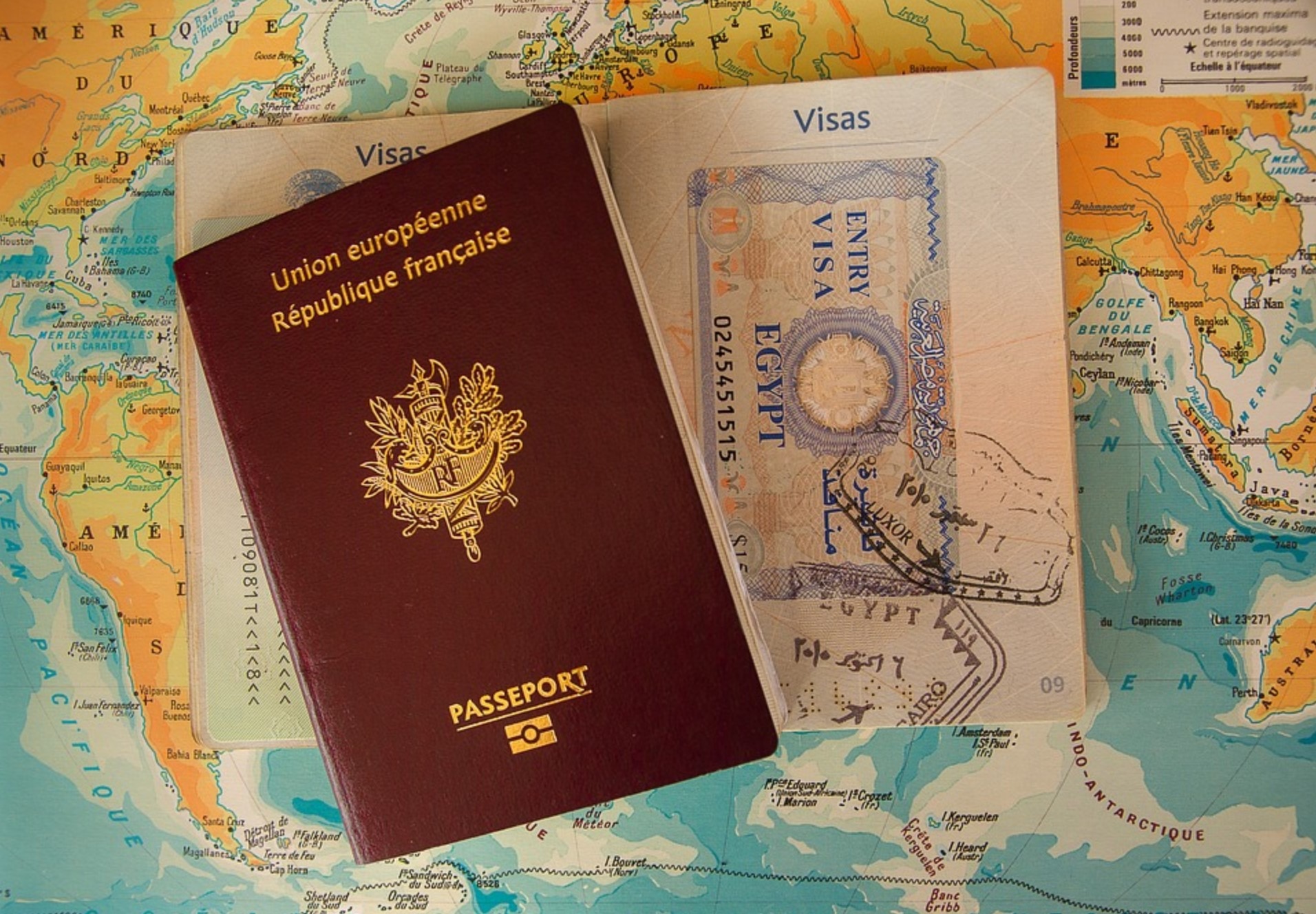Visiting Europe is pretty much every traveler’s rite of passage. From the historical architectural masterpieces in Rome to the renowned art and fashion landmarks in Paris. There’s enough to see, explore, and experience there to keep you busy for years on end. You’ve probably been spending countless hours sifting through dozens of guidebooks and scrolling through countless websites, trying to create the perfect itinerary. In doing so, you might have discovered that planning for your grand European adventure can be quite overwhelming, especially if this is your first visit.
Luckily, we’ve assembled a guide that will help you prepare for your first — and certainly not your last— trip to Europe.
Language and Communication
Europe is a vast continent with over 40 countries spread across various regions like Western, Central, and Eastern Europe. Needless to say, this means that there are dozens of languages spoken across Europe with German, Russian, Spanish, Italian, French, and English being the most prevailing. Even if you’re in a big city where English is commonly spoken, it’s always a good idea to learn a few basic words and phrases like “please” and “thank you” in the official language of that country. This will not only prove useful and practical in many situations, but it’s also considered respectable as the locals always appreciate travelers making the effort to speak their language.
Foreign Currency
There are at least 25 currencies currently used in Europe. This can complicate things for you a bit. While you can choose to withdraw money from a local ATM once you arrive — assuming that your card allows for international transactions— it’s generally advised that you take some money out in advance. Think of it as an emergency travel fund.
Of all the different currencies, the Euro is commonly used in 19 major countries in continental Europe and chances are, you’ll probably be visiting at least one of them. This means that you’ll need to convert your money to Euro beforehand. While many banks will happily do that for you, they usually charge a ridiculously high fee. To avoid these unnecessary expenses, consider using an online currency conversion tool that you can familiarize yourself with if you visit this page; this tool will allow you to compare live interbank rates with travel money exchange rates. As a result, you will be able to find the lowest price currently available for any other currency in the foreign exchange markets.
Visa Regulations and Limitations
As we mentioned before, Europe has different regions, and some of them require different visas to enter. For instance, many countries in continental Europe, including Germany, Belgium, and France are part of the Schengen Zone while others like the Balkans, the UK, and Ireland are not. Now, those that are part of the Schengen Zone allow you free movement between them. Most major non-European passports such as the Canadian, American, and Australian passports can even stay in that zone without a visa for up to 90 days. On the other hand, the countries in areas outside the Schengen Zone all have separate borders to cross.
This is why it’s important to keep in mind which passport you hold and which European countries you are traveling to when planning your itinerary, and always check the visa restrictions for your passport with your country’s embassy before leaving. This way, you’d know beforehand if you will need to apply for a visa.
Transportation
From cars, taxis, and bikes to scooters, planes, and railways, you’ll pretty much find every means of transportation known to man in Europe. While you can choose virtually any means to get around, trains are generally considered to be the best means of transportation across the continent, especially if you’re visiting numerous countries. In that case, you should consider purchasing a Eurail Pass. It will allow you to travel through 33 European countries, including Belgium, Switzerland, and Norway at a lesser cost than if you were to purchase individual tickets for every destination.
So there you have it, these are some of the most important things to consider when planning for your first European trip. While the above points may not cover everything, they will certainly point you in the right direction. One last word to the wise; you should try not to go overboard with your itinerary.
With so many places to go and so many things to do, you’ll want to experience as much as humanly possible— understandably so. It’s perfectly fine to create a full itinerary, however, you need to give yourself the chance to truly experience every city you visit, even if that means visiting fewer places. So, when preparing for your long-awaited adventure, do yourself a favor and slow down because, after all, what’s the point of visiting 10 countries if you can barely remember half of what you saw!

